Whilst the vaults of Lincoln cathedral are predominantly known for the innovative design of their ribs, they are also a rare example of the survival of medieval polychromy. Though many of the vaults within our case studies would originally have featured painted decoration, only in a few cases does any of the decorative programme remain. At Lincoln, however, there are numerous traces of thirteenth-century painting in the high vaults of the choir, nave and transept. These remnants were studied extensively by Prof. David Park and his team from the Courtauld Institute of Art in 1981-82. Although much of the paintwork has been covered, effaced or restored, there still remain enough details to get a good impression for how medieval vaults could have been decorated in thirteenth century England.
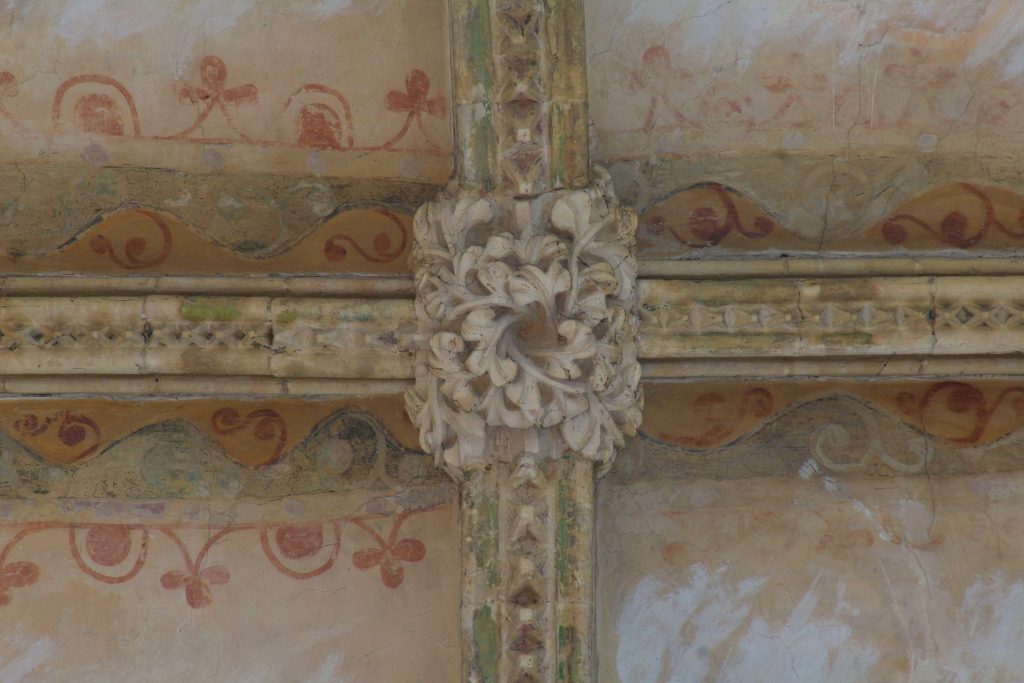
The only aspects of the medieval paintwork which are still fully visible can be found in the south arm of the Great Transept. These were only partially visible until 1962 when the whitewash was removed. The ridge ribs are flanked by a wavelike pattern of red scrollwork on a yellow ground, with white scrollwork on a faded green ground beyond and a red outer border of alternating semicircular and trefoil forms. The ribs themselves may also have been partially painted, as some traces of green paint can still be seen in the areas immediately adjoining some of the bosses. In the westernmost bay, the central boss is further decorated by two heads in roundels on the adjacent webbing. One of these is clearly identified as Christ by his characteristic halo and the other is a bishop, perhaps representing the principal patron of the east end works, St Hugh of Avalon.
The date of this painted decoration is unclear. One possibility is that it was completed shortly after the vault itself, which was probably in place by around 1220. Such an early date could be used to support the attribution of the bishop’s head to St Hugh, as the absence of a halo might suggest a date from before his canonisation in 1220. Alternatively, it could be contemporary with the similar painted decoration in the nave, which may date from c. 1240. Though now heavily repainted, the restored decoration follows the original pattern quite closely. Several sections of the ridge rib are flanked by a wave of white scrolling vines on a yellow ground, contained within a border of red scrollwork. Some of the ridge ribs themselves were also painted, with various colours being used to differentiate the individual parts of the mouldings. Whilst it has often been assumed that this border extended the full length of the nave, this is not necessarily the case and the coverage may originally have been more piecemeal. In addition, several of the ribs were flanked by the names of individuals who presumably made significant contributions to the fabric, including Helias Pictor (perhaps a painter), Walterus Brand (keeper of the fabric), Wilhelmus Baldwin, Ricardus de Ponte (mayor of Lincoln), Robert Saris and Wilhelmus Paris (Mayor of Lincoln).
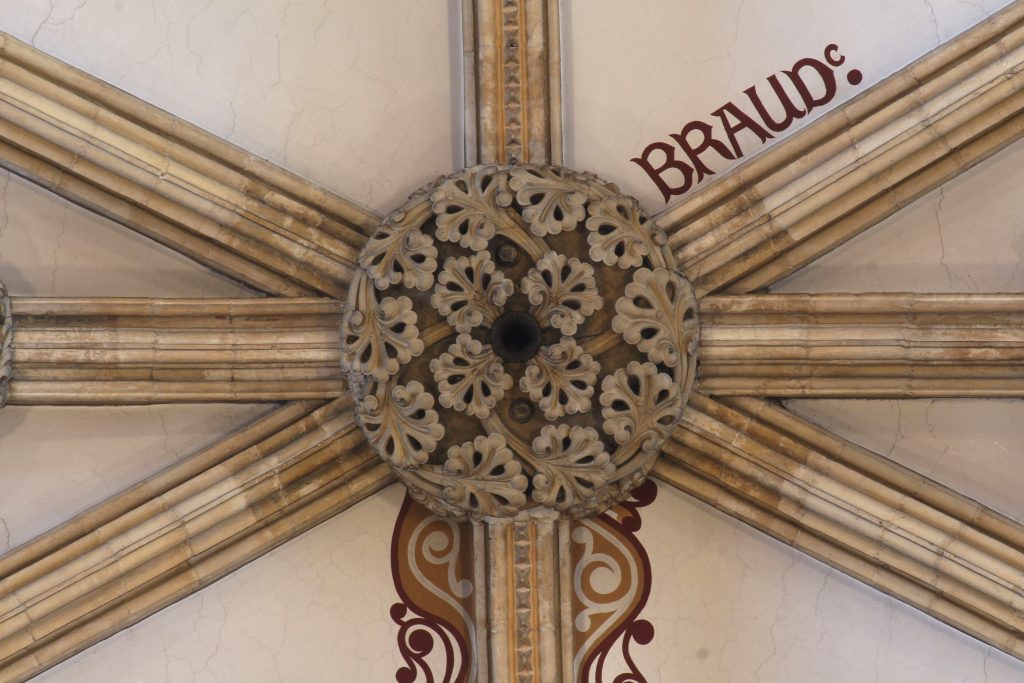
In 1959 traces of similar painting were also found in St Hugh’s Choir. The different mouldings of the ridge rib were picked out in red, blue and black and its border was defined using scrolling foliage with a brown outer band. The leaves of some of the bosses were gilded, with the crevices beneath being painted in a vibrant red. Unfortunately, these decorations were all recovered shortly after their discovery, but some faint traces of them can still be seen through the whitewash. The persistence of scrolling foliate borders along the longitudinal ridge may in part explain the unusual form of the ridge ribs in the Angel Choir, which feature sculpted creepers of scrolling foliage that play off against the painted decoration of the earlier vaults.
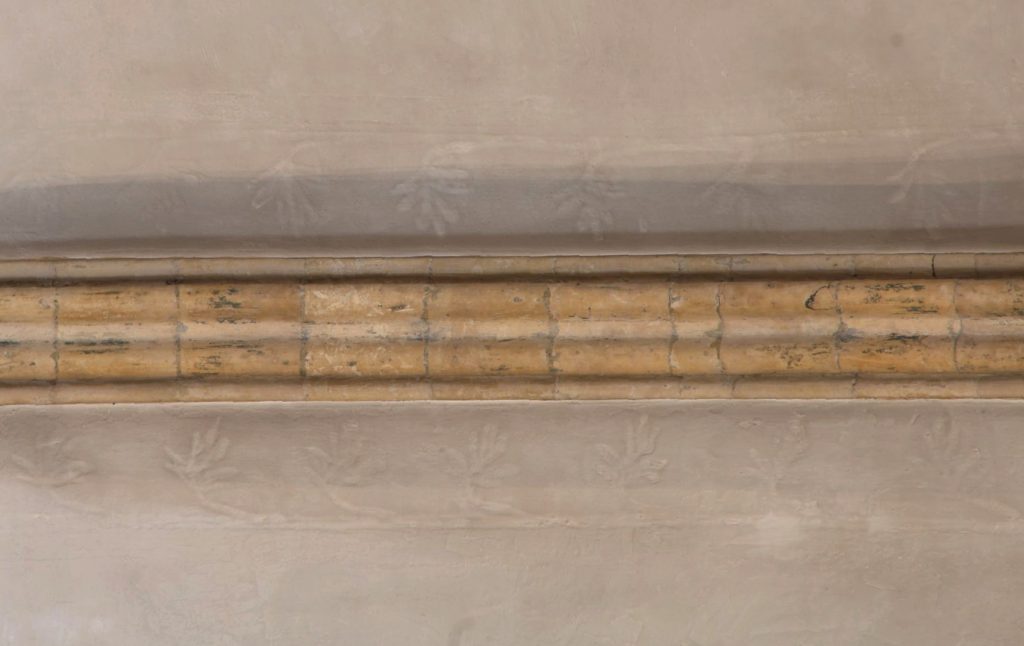
Further reading
- Binnall, P. (1965) ‘Thirteenth-Century Vault Painting in Lincoln Cathedral’, The Antiquaries Journal, 45(2), pp. 265-66.
- Park, David (1986). The Medieval Painted Decoration of Lincoln. In: T. Heslop and V. Sekules, ed. Medieval Art and Architecture at Lincoln Cathedral. British Archaeological Association: London, pp. 75-82.
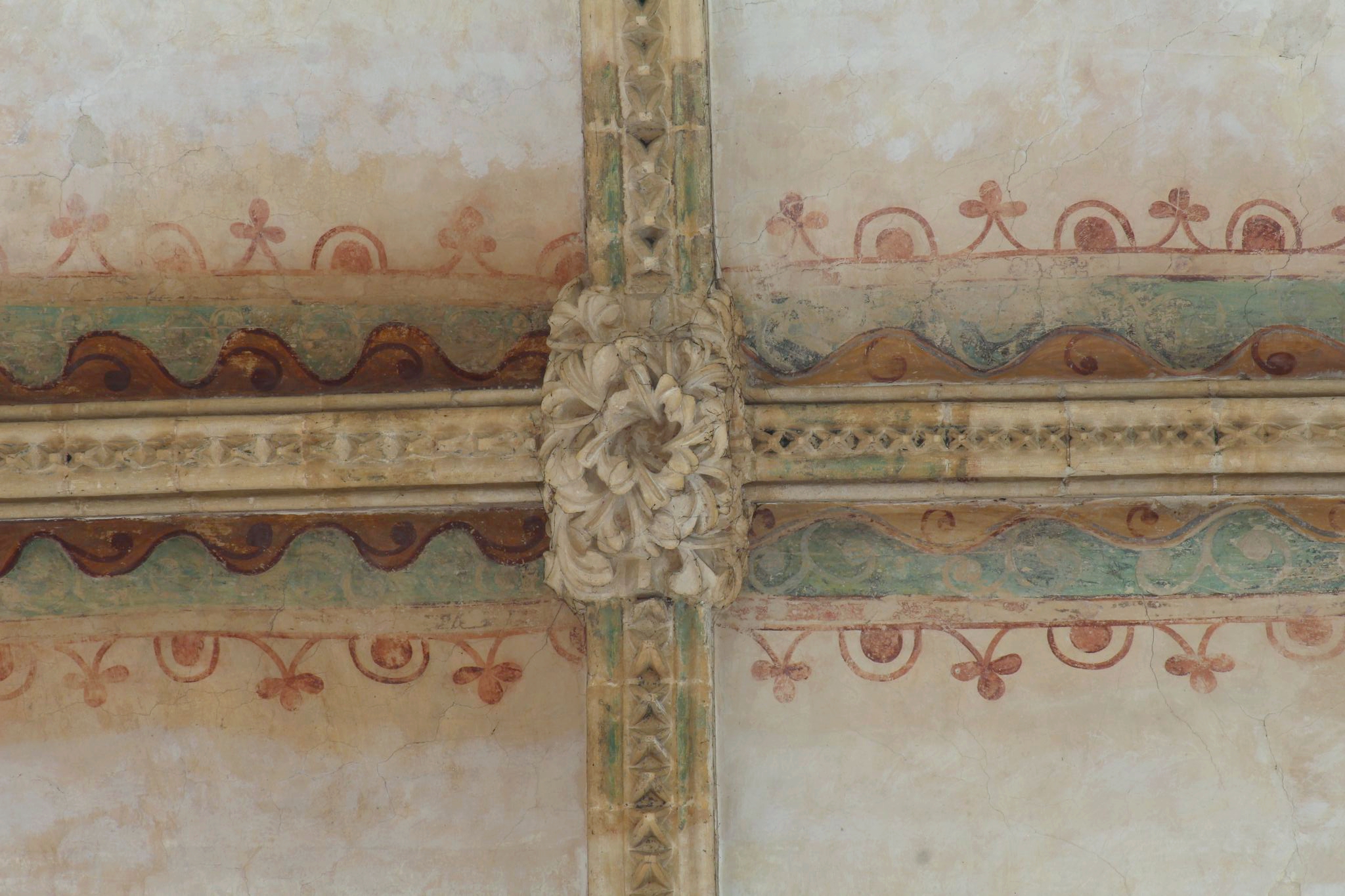
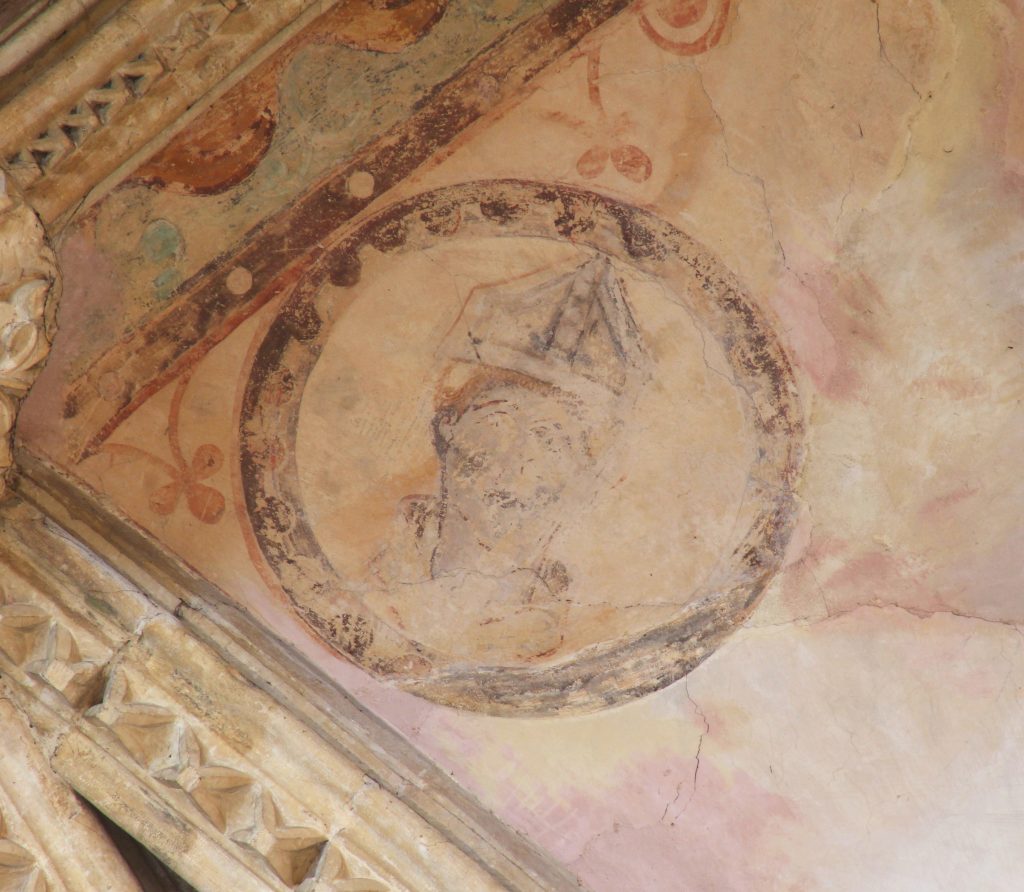
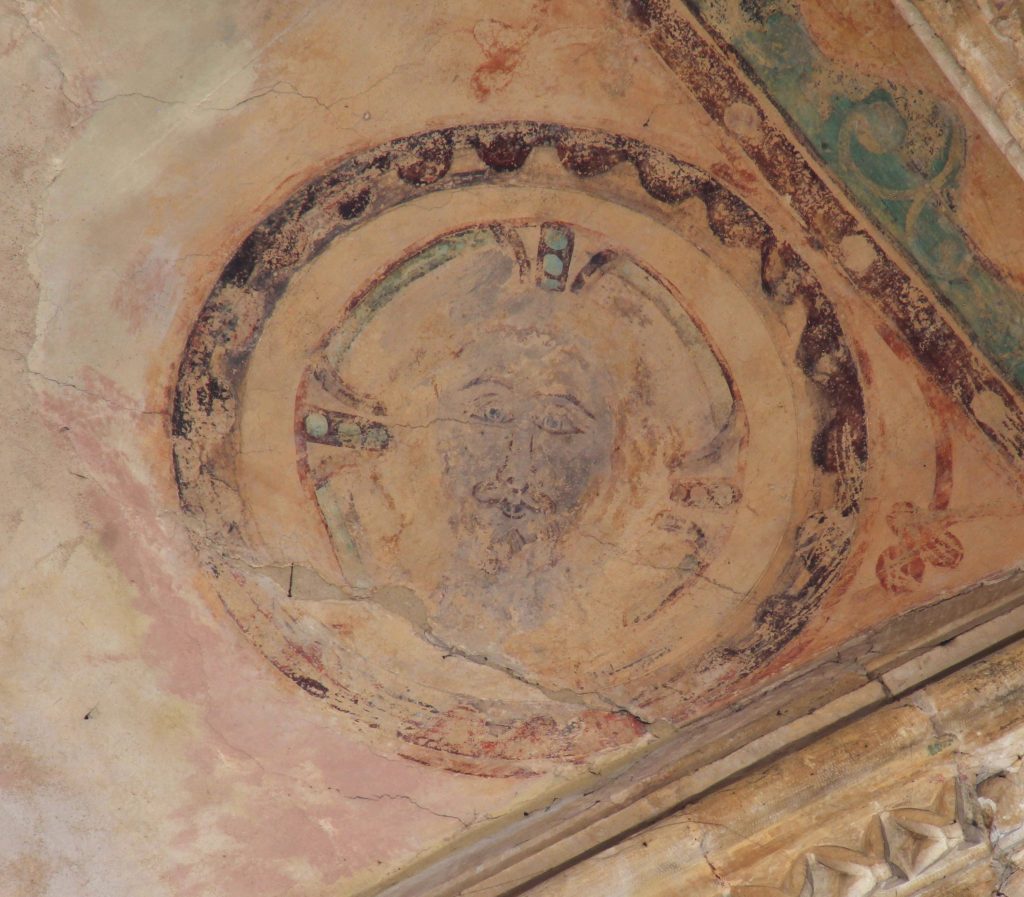
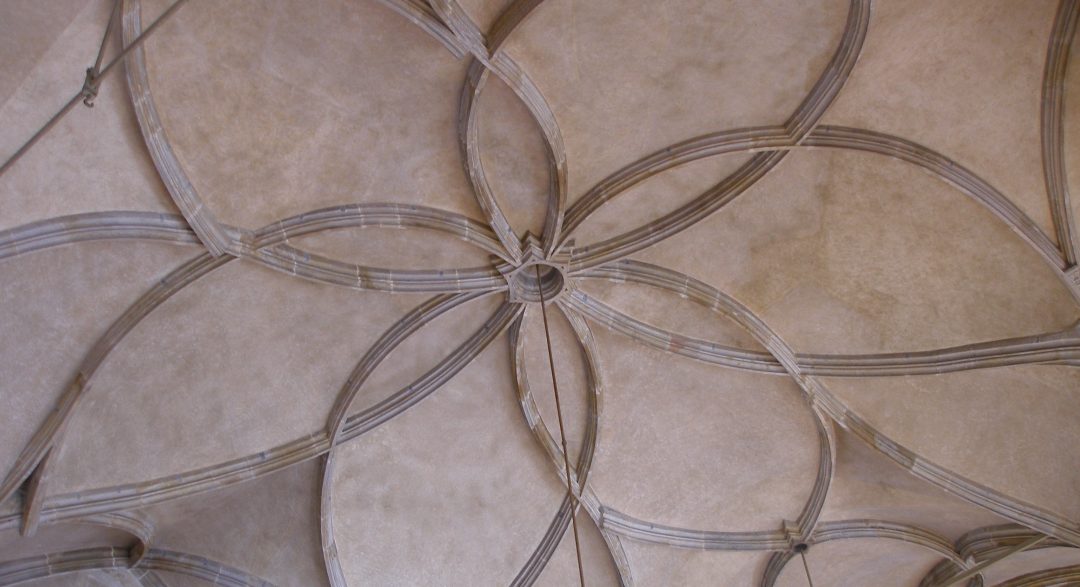
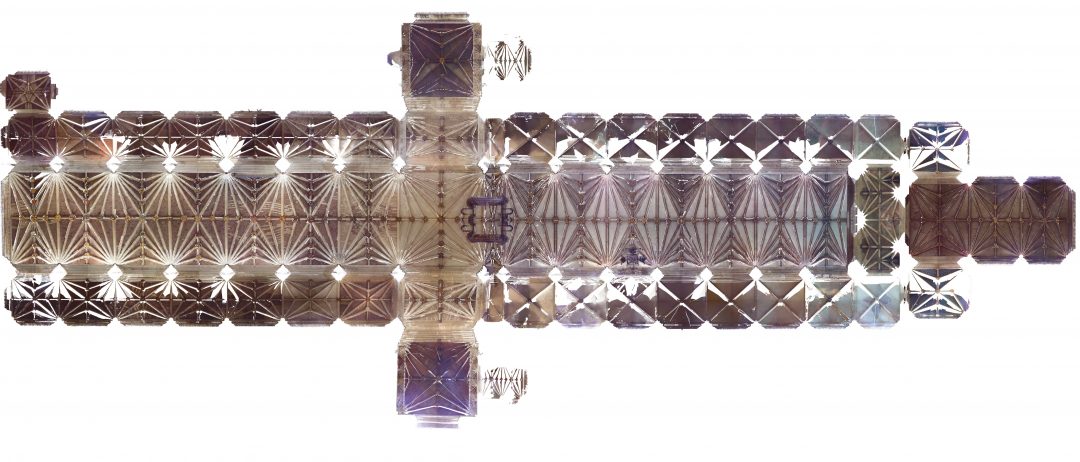
2 Comments
[…] Learn more about painted decoration in the vaulting at Lincoln Cathedral […]
[…] Find out more about painted decoration at Lincoln […]